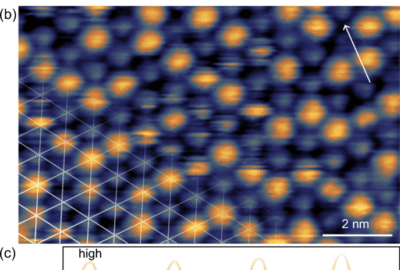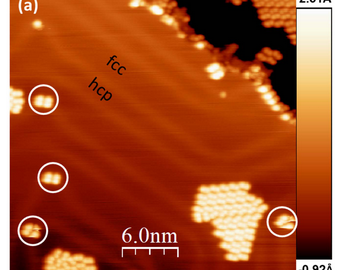publications, Réseau
Molecular Junctions for Terahertz Switches and Detectors
Molecular electronics targets tiny devices exploiting the electronic properties of the molecular orbitals, which can be tailored and controlled by the chemical structure and configuration of the molecules. Many functional devices have been experimentally demonstrated; however, these devices were operated in the low-frequency domain (mainly dc to MHz). This represents a serious limitation for electronic applications, although molecular devices working in the THz regime have been theoretically predicted. Here, we experimentally demonstrate molecular THz switches at room temperature. The devices consist of self-assembled monolayers of molecules bearing two conjugated moieties coupled through a nonconjugated linker. These devices exhibit clear negative differential conductance behaviors (peaks in the current–voltage curves), as confirmed by ab initio simulations, which were reversibly suppressed under illumination with a 30 THz wave. We analyze how the THz switching behavior depends on the THz wave properties (power and frequency), and we benchmark that these molecular devices would outperform actual THz detectors.
Imen Hnid, Ali Yassin, Imane Arbouch, David Guérin, Colin van Dyck, Lionel Sanguinet, Stéphane Lenfant, Jérôme Cornil, Philippe Blanchard, and Dominique Vuillaume, Nano Lett. 2024, 24, 8, 2553–2560 doi
Comments are closed






